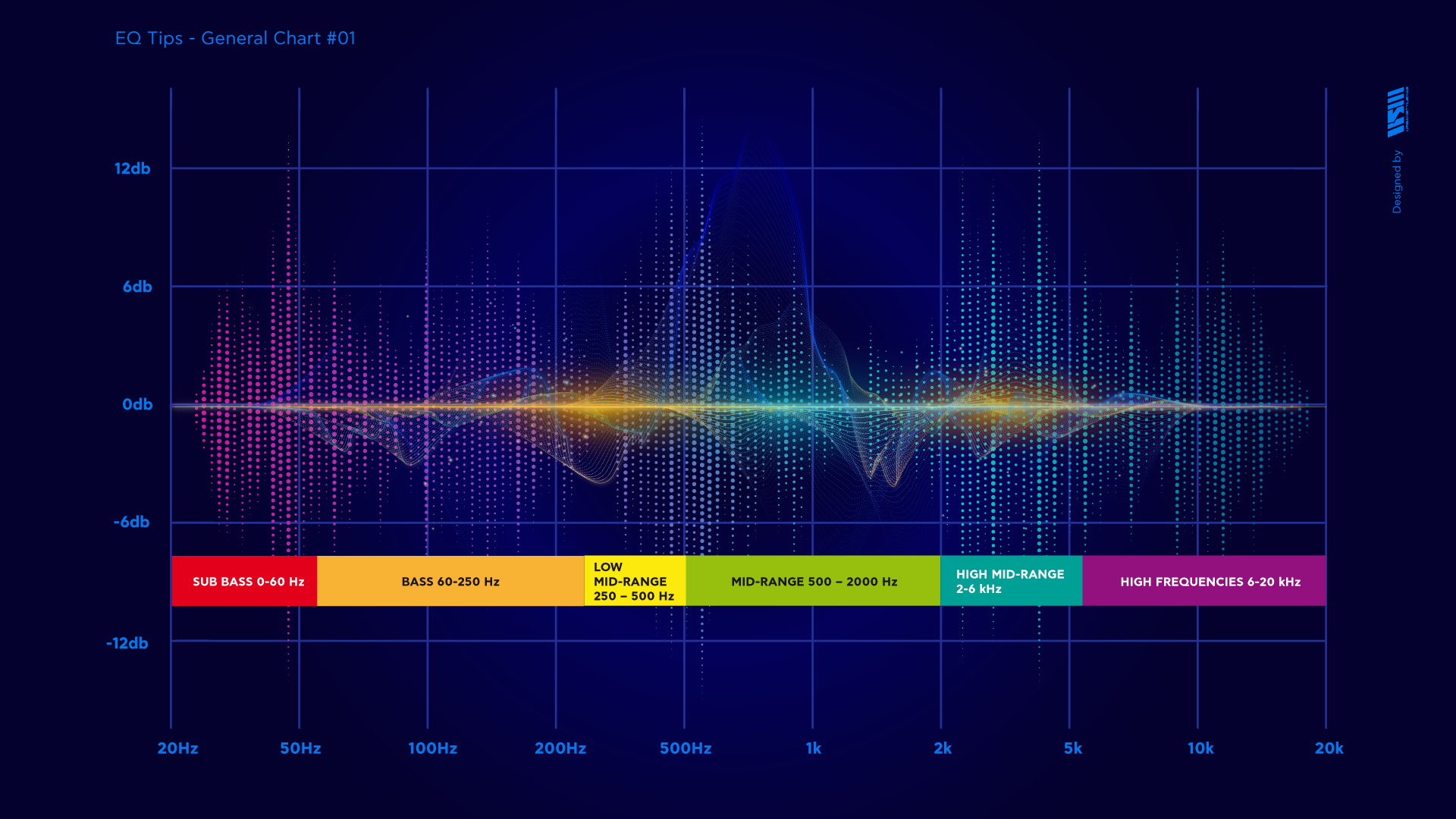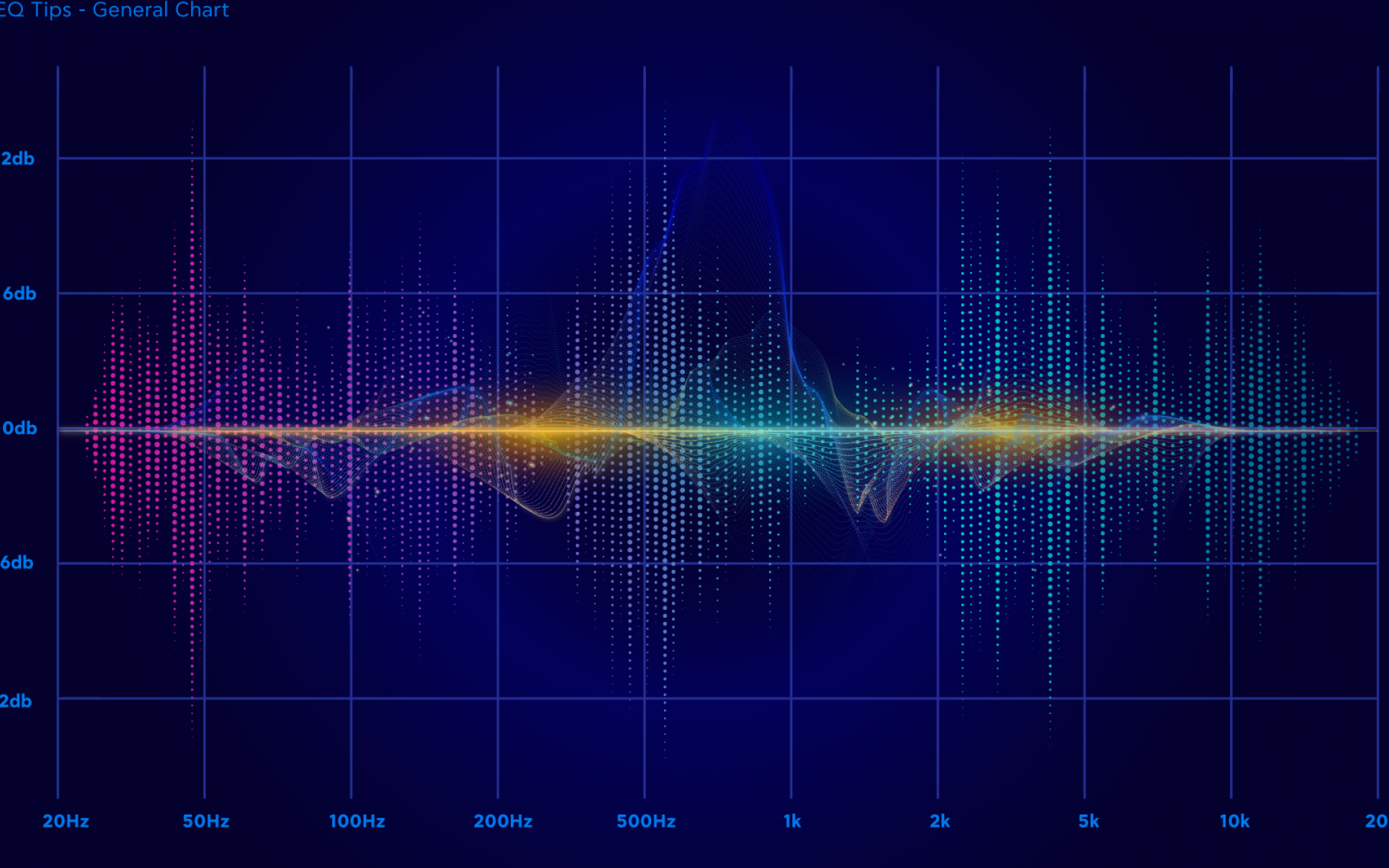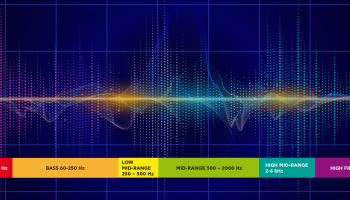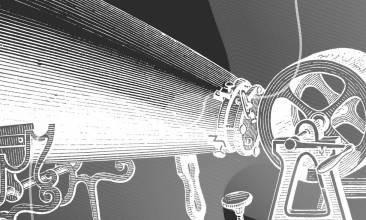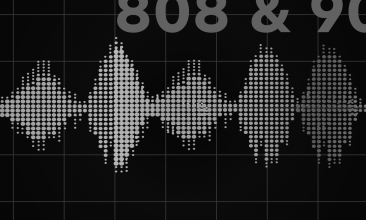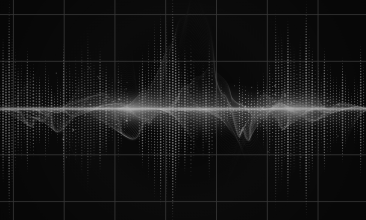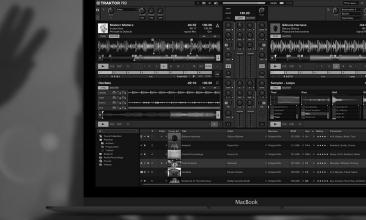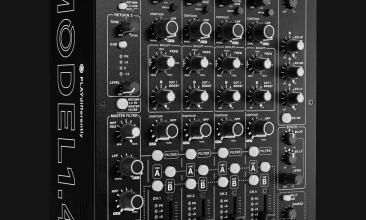EQ Tips - General Chart
Electronic music production tips
Equalization (or “EQing”) is an essential process to a great sounding mix andknowing how to do it right will definitely make your mixes sound better.
When it comes to EQing it’s very important to know the main frequency rangesand how they sound. For examples if you hear that bassline sounds muddy, that’s going to be somewhere in 150Hz – 500Hz range; if the vocal sounds harsh– apply cut somewhere in the 2.5KHz to 4KHz range.
The easiest way to learn these frequency ranges are EQ charts and we’ve made ahuge EQ chart for you to learn and grow as a producer. If features general chartsthat can be applied to any instrument and mix, and you will also find EQ chartsfor almost all common instruments – from drums and vocal to acoustic guitarand trumpets.Keep in mind that these frequency charts are just the starting point and youdon’t have to follow them exactly. Not all guitars, synths and vocalists sound thesame, every track has its own context and unique characteristics so use thesecharts as a starting point and adjust according to your sounds and mix.
SUB BASS 0-60 Hz
Most sounds in this frequency range more felt than heard. Be careful whilemixing here as too much sub bass can make your mix sound muddy. Cuttingeverything below 25-45 Hz is a standard practice to reduce the rumble andpreserve headroom. Avoid boosts here.
BASS 60-250 Hz
The fundamentals of kick and bass are centered in this area. Boost 100-180 Hz range for more punch. Boost 140-225 Hz to add warmth and fullness. Don’toverdo as boosting too much will sound boomy.
LOW MID-RANGE 250 – 500 Hz
This range is usually called the bass presence range. Try a slight boost at around 300 Hz to add clarity to the bass and low frequency instruments. Too much inthis range make things sound muddy and boomy, while too little make themsound thin.
MID-RANGE 500 – 2000 Hz
Boosts in this range can make an instrument prominent in the mix. Be carefulwhile mixing here as too much of 500-1 kHz can make your instrument soundmuddy, and too much of 1-2 kHz can create a tinny sound.
HIGH MID-RANGE 2-6 kHz
This is where you’ll find the attack tones of percussive and rhythm instruments.Instruments that struggle to cut through the mix may be adjusted here for morepresence. Excess here can cause listener fatigue. 4-6 kHz range is responsible forclarity and definition.
HIGH FREQUENCIES 6-20 kHz
Boosting this range can add extra air and sparkle to your instrument or mix.Excess in this area can cause undesirable listener fatigue and create an extremelyshrill tone. Too much boost around the 6-8 kHz range tend to sound sibilant.
Kudos to: www.PausePlayRepeat.com
